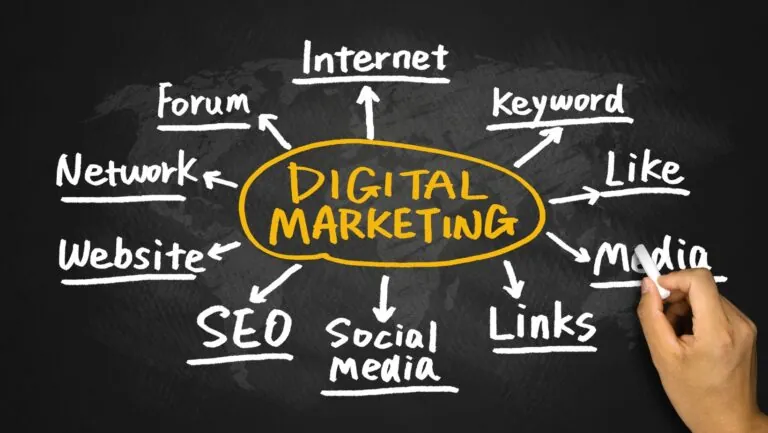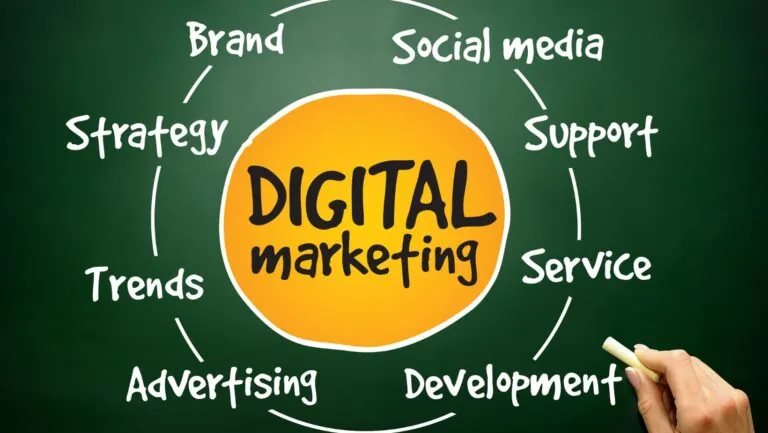Table of Contents
ToggleIn today’s digital landscape, email verification has become a crucial process for businesses and individuals alike. It ensures that the email addresses collected are valid and reachable, significantly reducing the risk of bounced messages and enhancing communication efficiency. With the rise of online transactions and marketing campaigns, validating email addresses has never been more important.
By implementing effective email verification techniques, organizations can improve their deliverability rates and maintain a clean mailing list. This not only protects their reputation but also boosts engagement with their audience. As spam and fraudulent activities continue to rise, understanding the importance of email verification is essential for anyone looking to establish trust and reliability in their digital communications.
What Is Email Verification?
Email verification is the process of confirming the validity and existence of an email address within a specified domain. This verification ensures that the email address entered by a user is accurate and functional.
- Validation: Email verification checks the format of the email address, confirming compliance with standard patterns (e.g., [email protected]). It eliminates syntactical errors that could prevent effective communication.
- Domain Checking: Email verification tools assess if the domain exists. They examine DNS records to determine if the domain can send and receive emails.
- Mailbox Existence: Verification services can identify inactive or non-existent mailboxes. This feature reduces bounce rates, improving sender reputation and ensuring messages reach intended recipients.
- Engagement Metrics: Email verification provides insights into user engagement. By filtering out invalid addresses, businesses can focus on active contacts, enhancing targeting strategies.
- Security Measures: Implementing email verification helps combat fraud and phishing attempts. Validating email addresses fosters trust in digital interactions and protects sensitive information.
Through these methods, email verification safeguards communication integrity, enhances deliverability, and promotes effective marketing strategies.
Importance Of Email Verification

Email verification plays a crucial role in ensuring the integrity and success of digital communications. Through effective validation processes, businesses maintain high communication standards and enhance overall efficiency.
Maintaining Data Integrity
Maintaining data integrity is fundamental for businesses aiming to optimize their communication strategies. Email verification reduces the likelihood of collecting incorrect or outdated contact information. When email addresses are validated, it ensures that the data stored in contact lists reflects real, functioning accounts. This approach not only minimizes bounce rates but also ensures accurate targeting in marketing campaigns. Additionally, clean data supports better decision-making and resource allocation, fostering a more reliable relationship with customers.
Improving Deliverability Rates
Improving deliverability rates is vital for effective email marketing. A verified email list increases the chances that messages reach intended recipients rather than being marked as spam or ending up in junk folders. Validation processes identify and eliminate invalid addresses, enhancing sender reputation with email service providers. Higher deliverability rates translate into an increased likelihood of conversions, as messages reach active users who engage with content. By prioritizing deliverability, businesses can maximize their marketing efforts, leading to improved engagement and better return on investment.
Methods Of Email Verification
Email verification employs several methods to ensure the accuracy and authenticity of email addresses. Each method plays a critical role in enhancing communication efficiency and minimizing risks.
Syntax Validation
Syntax validation checks the format of email addresses to confirm they adhere to established standards. This initial step filters out incorrectly formatted emails, such as those missing the “@” symbol or containing invalid characters. Tools and software automatically perform syntax validation, quickly identifying errors before attempting further verification.
Domain Validation
Domain validation assesses the existence of the email domain associated with an address. This process involves querying DNS records to ensure that the domain can receive emails. By validating domains, businesses can eliminate risks associated with non-existent or inactive domains, which improve overall email deliverability rates. Domain validation also reveals potential issues with improperly configured or malicious domains, thus enhancing security.
Mailbox Verification
Mailbox verification determines whether an email account exists at the specified domain. This method attempts to connect with the mailbox server to verify existence without sending an email. Successful mailbox verification ensures that the email addresses included in a list are active and capable of receiving communications. Implementing mailbox verification effectively reduces bounce rates by filtering out invalid or abandoned email accounts, allowing for targeted outreach to engaged recipients.
Tools And Services For Email Verification
Various tools and services streamline the email verification process, enabling businesses to maintain accurate mailing lists and maximize engagement. These platforms utilize advanced technologies to ensure effective validation.
Popular Email Verification Tools
- ZeroBounce: ZeroBounce offers comprehensive email verification services, including detection of abuse and disposable email addresses. This tool provides detailed reports and enriched data to enhance marketing strategies.
- NeverBounce: NeverBounce specializes in real-time email verification, ensuring that email lists remain current and reducing bounce rates. Its integration capabilities with popular email marketing platforms offer seamless workflows.
- Hunter: Hunter’s email verification tool checks the deliverability of email addresses and offers additional outreach resources. It focuses on lead generation and provides domain search functionalities.
- BriteVerify: BriteVerify enhances email list quality by providing instant verification at the point of capture. This tool is often used in ecommerce settings to maintain high deliverability.
- EmailListValidation: EmailListValidation offers bulk validation services to analyze large email lists efficiently. It provides a detailed breakdown of valid, invalid, and disposable addresses.
Key Features To Look For
- Real-Time Verification: Choose tools that offer real-time validation to ensure accuracy at the point of entry, preventing invalid addresses from being added to lists.
- Detailed Reporting: Select services that provide comprehensive reports, indicating valid, invalid, and risky email addresses, along with additional insights.
- Integration Options: Opt for tools that seamlessly integrate with existing email marketing software to enhance workflow and user experience.
- Domain Validation: Ensure the tool checks the existence and status of email domains, reducing risks associated with non-existent domains.
- Mailbox Verification: Seek services that verify mailbox existence without sending emails, thus protecting sender reputation while ensuring effective list management.
Email verification is an essential practice that significantly enhances communication efficiency and security in the digital landscape. By ensuring the validity of email addresses, businesses can improve deliverability rates and engage more effectively with their audience. This not only helps in maintaining a clean mailing list but also protects the sender’s reputation and combats spam.
Utilizing the right email verification tools allows for real-time validation and comprehensive reporting, ensuring that marketing efforts are directed toward active and engaged contacts. As businesses continue to navigate the complexities of digital communication, prioritizing email verification will lead to better decision-making and a stronger connection with their audience. Embracing these practices fosters trust and reliability in every interaction.








